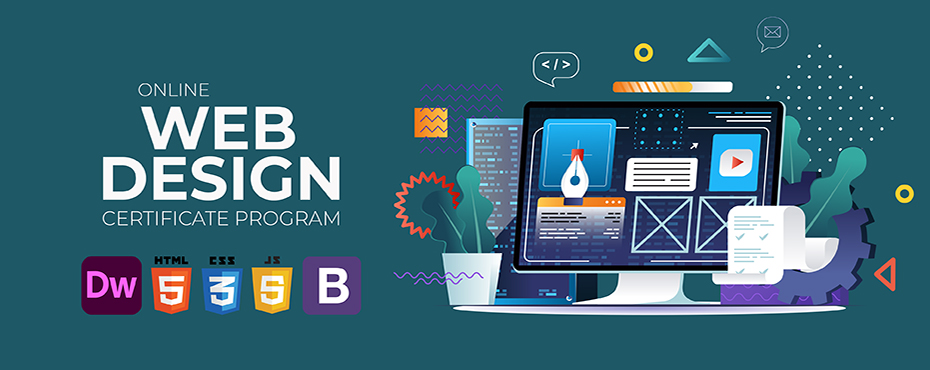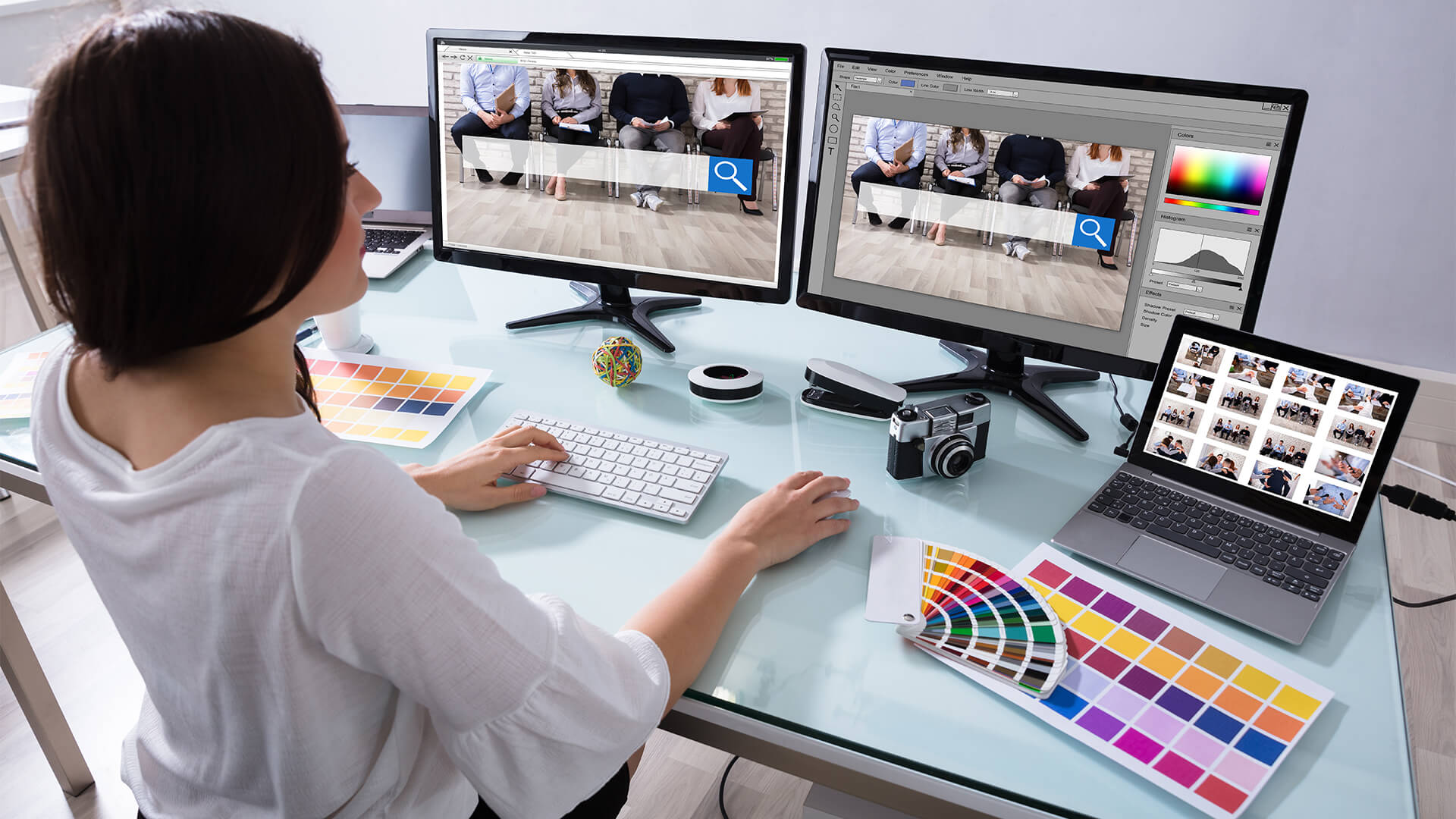All Categories
Featured
Table of Contents
- – St Louis Seo Company - St Louis Web Design And...
- – Penner Home - Durham Web Design - Penner Web ...
- – Website Design - Best Ecommerce Web Design By...
- – Indianapolis Web Design And Digital Marketing...
- – Web Design And Engineering Major - Santa Clar...
- – Learn Responsive Design - Web.dev Tips and Tr...
- – Lifted Logic: Web Design In Kansas City - Se...
- – Web Designer News - The Best Curated News Fo...
- – Top Web Design Agencies Ranked - 2022 Review...
- – Web Design Software By Xara Tips and Tricks:
- – Website Design - Best Ecommerce Web Design B...
St Louis Seo Company - St Louis Web Design And Internet ... Tips and Tricks:
Quick summary Use and the utility, not the visual style, figure out the success or failure of a site. Because the visitor of the page is the only person who clicks the mouse and for that reason chooses everything, user-centric design has developed as a basic method for successful and profit-oriented website design - web design frederick md.
and the utility, not the visual style, determine the success or failure of a website. Given that the visitor of the page is the only individual who clicks the mouse and for that reason chooses everything, user-centric style has actually become a standard approach for successful and profit-oriented website design. If users can't use a function, it may as well not exist.
g. where the search box ought to be positioned) as it has actually already been carried out in a number of posts; rather we focus on the techniques which, used effectively, can result in more advanced style decisions and streamline the process of viewing presented information. Please discover that you might be interested in the usability-related posts we have actually released before: Principles Of Great Website Style And Efficient Web Design Standards, In order to use the principles correctly we initially require to understand how users communicate with websites, how they think and what are the fundamental patterns of users' habits.
Penner Home - Durham Web Design - Penner Web Design ... Tips and Tricks:
Visitors glimpse at each brand-new page, scan some of the text, and click the very first link that captures their interest or slightly resembles the important things they're looking for. In truth, there are large parts of the page they do not even look at. The majority of users look for something fascinating (or useful) and clickable; as quickly as some appealing candidates are found, users click.
If a page supplies users with high-quality content, they want to compromise the content with advertisements and the design of the website. This is the reason not-that-well-designed sites with high-quality material acquire a lot of traffic over years. Content is more crucial than the design which supports it.

Very basic concept: If a website isn't able to satisfy users' expectations, then designer failed to get his job done correctly and the company loses money. The higher is the cognitive load and the less intuitive is the navigation, the more ready are users to leave the website and search for options.
Website Design - Best Ecommerce Web Design By Shopify Tips and Tricks:
Neither do they scan webpage in a direct fashion, going sequentially from one site section to another one. Instead users satisfice; they choose the first affordable choice. As quickly as they discover a link that appears like it may cause the goal, there is a great opportunity that it will be immediately clicked.
It does not matter to us if we comprehend how things work, as long as we can utilize them. If your audience is going to imitate you're developing billboard, then style great billboards." Users wish to be able to manage their web browser and count on the consistent data presentation throughout the site.
If the navigation and website architecture aren't instinctive, the number of enigma grows and makes it harder for users to comprehend how the system works and how to get from point A to point B. A clear structure, moderate visual clues and easily identifiable links can help users to discover their course to their goal.
Indianapolis Web Design And Digital Marketing Agency Tips and Tricks:

claims to be "beyond channels, beyond items, beyond distribution". What does it imply? Because users tend to check out sites according to the "F"-pattern, these 3 statements would be the first aspects users will see on the page once it is loaded. The design itself is simple and user-friendly, to understand what the page is about the user requires to browse for the answer.
When you have actually accomplished this, you can interact why the system works and how users can gain from it. People will not utilize your web site if they can't discover their way around it. 2. Do Not Misuse Users' Patience, In every project when you are going to provide your visitors some service or tool, attempt to keep your user requirements minimal.
Novice visitors are prepared to, not filling long web forms for an account they might never use in the future. Let users check out the site and discover your services without forcing them into sharing private data. It's not reasonable to require users to enter an e-mail address to check the feature.
Web Design And Engineering Major - Santa Clara University Tips and Tricks:
Stikkit is a best example for an easy to use service which requires nearly nothing from the visitor which is inconspicuous and soothing. And that's what you want your users to feel on your web site. Apparently, Termite needs more. The registration can be done in less than 30 seconds as the kind has horizontal orientation, the user doesn't even need to scroll the page.
A user registration alone is enough of an impediment to user navigation to cut down on inbound traffic. Manage To Focus Users' Attention, As websites provide both static and vibrant content, some aspects of the user interface attract attention more than others do.
Focusing users' attention to particular areas of the site with a moderate use of visual components can assist your visitors to obtain from point A to point B without thinking about how it really is expected to be done. The less concern marks visitors have, the they have and the more trust they can develop towards the company the website represents.
Learn Responsive Design - Web.dev Tips and Tricks:
4. Strive For Feature Direct exposure, Modern web styles are usually slammed due to their technique of directing users with aesthetically appealing 1-2-3-done-steps, big buttons with visual impacts and so on. From the style point of view these aspects actually aren't a bad thing. On the contrary, such as they lead the visitors through the website content in a really basic and easy to use method.
The website has 9 main navigation alternatives which are visible at the first glance. The choice of colors might be too light, though. is a fundamental principle of successful user interface style. It does not actually matter how this is attained. What matters is that the content is well-understood and visitors feel comfy with the method they engage with the system.
Instead a rate: just what visitors are looking for. An optimal option for efficient writing is touse brief and succinct expressions (come to the point as quickly as possible), use scannable design (categorize the material, utilize multiple heading levels, use visual elements and bulleted lists which break the circulation of uniform text blocks), usage plain and unbiased language (a promotion doesn't need to sound like ad; provide your users some reasonable and objective factor why they need to utilize your service or remain on your site)6.
Lifted Logic: Web Design In Kansas City - Seo - Website ... Tips and Tricks:
Users are rarely on a website to take pleasure in the style; additionally, for the most part they are looking for the details regardless of the style - web design frederick md. Pursue simpleness rather of complexity. From the visitors' perspective, the very best site design is a pure text, without any advertisements or more content obstructs matching precisely the inquiry visitors used or the material they have actually been searching for.
Finch clearly presents the info about the site and offers visitors an option of options without overcrowding them with unnecessary material. Not only does it assist to for the visitors, but it makes it possible to view the info presented on the screen.
Complex structures are more difficult to read, scan, evaluate and work with. If you have the option in between separating two design segments by a visible line or by some whitespace, it's generally better to use the whitespace solution. (Simon's Law): the better you manage to provide users with a sense of visual hierarchy, the simpler your content will be to view.
Web Designer News - The Best Curated News For Designers Tips and Tricks:
The same conventions and rules should be applied to all elements.: do the most with the least quantity of hints and visual aspects. 4 significant points to be thought about: simpleness, clarity, diversity, and emphasis. Simplicity consists of only the elements that are most important for interaction. Clearness: all components must be created so their significance is not unclear.
Conventions Are Our Friends, Conventional style of site components doesn't result in an uninteresting web website. It would be an usability nightmare if all sites had different visual presentation of RSS-feeds.
comprehend what they're getting out of a website navigation, text structure, search positioning etc. A case in point from functionality sessions is to translate the page in Japanese (presuming your web users do not understand Japanese, e. g. with Babelfish) and supply your use testers with a job to discover something in the page of different language.
Top Web Design Agencies Ranked - 2022 Reviews - Clutch.co Tips and Tricks:
Steve Krug suggests that it's much better to, but take benefits of conventions when you don't. 10. Test Early, Test Often, This so-called TETO-principle should be applied to every web style project as usability tests typically supply into considerable problems and concerns connected to a provided layout. Test not too late, not too little and not for the wrong factors.
Some crucial indicate remember: according to Steve Krug, and screening one user early in the job is better than screening 50 near completion. Accoring to Boehm's very first law, mistakes are most frequent throughout requirements and style activities and are the more pricey the later on they are removed.
That indicates that you develop something, test it, repair it and after that evaluate it again. There may be problems which have not been found during the first round as users were almost blocked by other issues. use tests. Either you'll be pointed to the problems you have or you'll be pointed to the absence of major style defects which is in both cases a helpful insight for your task.
Web Design Software By Xara Tips and Tricks:

This holds for designers as well. After you have actually worked on a website for couple of weeks, you can't observe it from a fresh perspective anymore. You know how it is constructed and therefore you understand exactly how it works you have the wisdom independent testers and visitors of your website would not have.
It can be connected to other locations such as graphic design, user experience, and multimedia arts, however is more aptly seen from a technological standpoint. It has become a big part of people's daily lives. It is hard to envision the Internet without animated graphics, various styles of typography, background, videos and music.

Throughout 1991 to 1993 the World Wide Web was born. Text-only pages might be viewed using an easy line-mode web browser. In 1993 Marc Andreessen and Eric Bina, produced the Mosaic web browser. At the time there were several browsers, however the bulk of them were Unix-based and naturally text heavy. There had actually been no integrated technique to graphic style aspects such as images or sounds.
Website Design - Best Ecommerce Web Design By Shopify Tips and Tricks:
The W3C was developed in October 1994 to "lead the Internet to its full potential by developing typical protocols that promote its evolution and ensure its interoperability." This prevented any one business from monopolizing a propriety browser and programs language, which could have changed the effect of the World Wide Web as a whole.
As this has actually taken place the technology of the web has actually also carried on. There have likewise been significant changes in the way individuals utilize and access the web, and this has actually changed how sites are designed. Considering that completion of the internet browsers wars [] brand-new web browsers have actually been launched. Much of these are open source implying that they tend to have much faster advancement and are more supportive of brand-new standards.
Learn more about Lovell Media Group LLC or TrainACETable of Contents
- – St Louis Seo Company - St Louis Web Design And...
- – Penner Home - Durham Web Design - Penner Web ...
- – Website Design - Best Ecommerce Web Design By...
- – Indianapolis Web Design And Digital Marketing...
- – Web Design And Engineering Major - Santa Clar...
- – Learn Responsive Design - Web.dev Tips and Tr...
- – Lifted Logic: Web Design In Kansas City - Se...
- – Web Designer News - The Best Curated News Fo...
- – Top Web Design Agencies Ranked - 2022 Review...
- – Web Design Software By Xara Tips and Tricks:
- – Website Design - Best Ecommerce Web Design B...
Latest Posts
Web Design And Development - Invision Tips and Tricks:
Arch Web Design: Top-rated Web Design Agency For Saas ... Tips and Tricks:
Web Design Certificate - Web Development Certificate Program Tips and Tricks:
More
Latest Posts
Web Design And Development - Invision Tips and Tricks:
Arch Web Design: Top-rated Web Design Agency For Saas ... Tips and Tricks:
Web Design Certificate - Web Development Certificate Program Tips and Tricks: